(QNO) - We visited the Military Zone 5 Museum (in Da Nang) on the occasion of his 110th birthday - March 17, 1913 and were quite surprised by the Ky Sanh stake on display in Room 6 (Military and people of Zone 5 during the resistance war against American imperialism in the period 1954-1965).
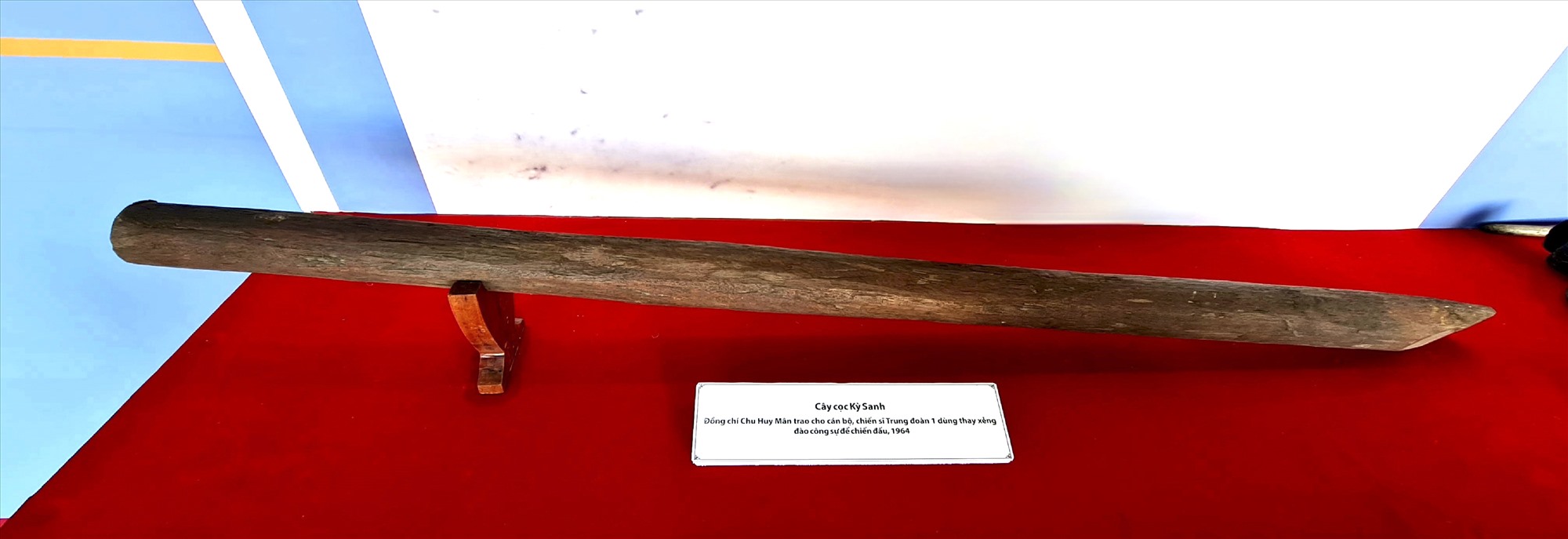
Thanks to these stakes, our troops dug trenches, fortifications and had a resounding battle in Ky Sanh (Tam Ky, Quang Nam) in 1964, contributing to the defeat of the "armored vehicle" strategy of the US and puppets.
The feat bears the mark of the late General Chu Huy Man - former Vice Chairman of the State Council (now Vice President); former Director of the General Department of Politics of the Vietnam People's Army, Deputy Secretary of the Central Military Party Committee (now the Central Military Commission); former Commander and Political Commissar of Military Region 5; former Commander and Political Commissar of the Central Highlands Front...
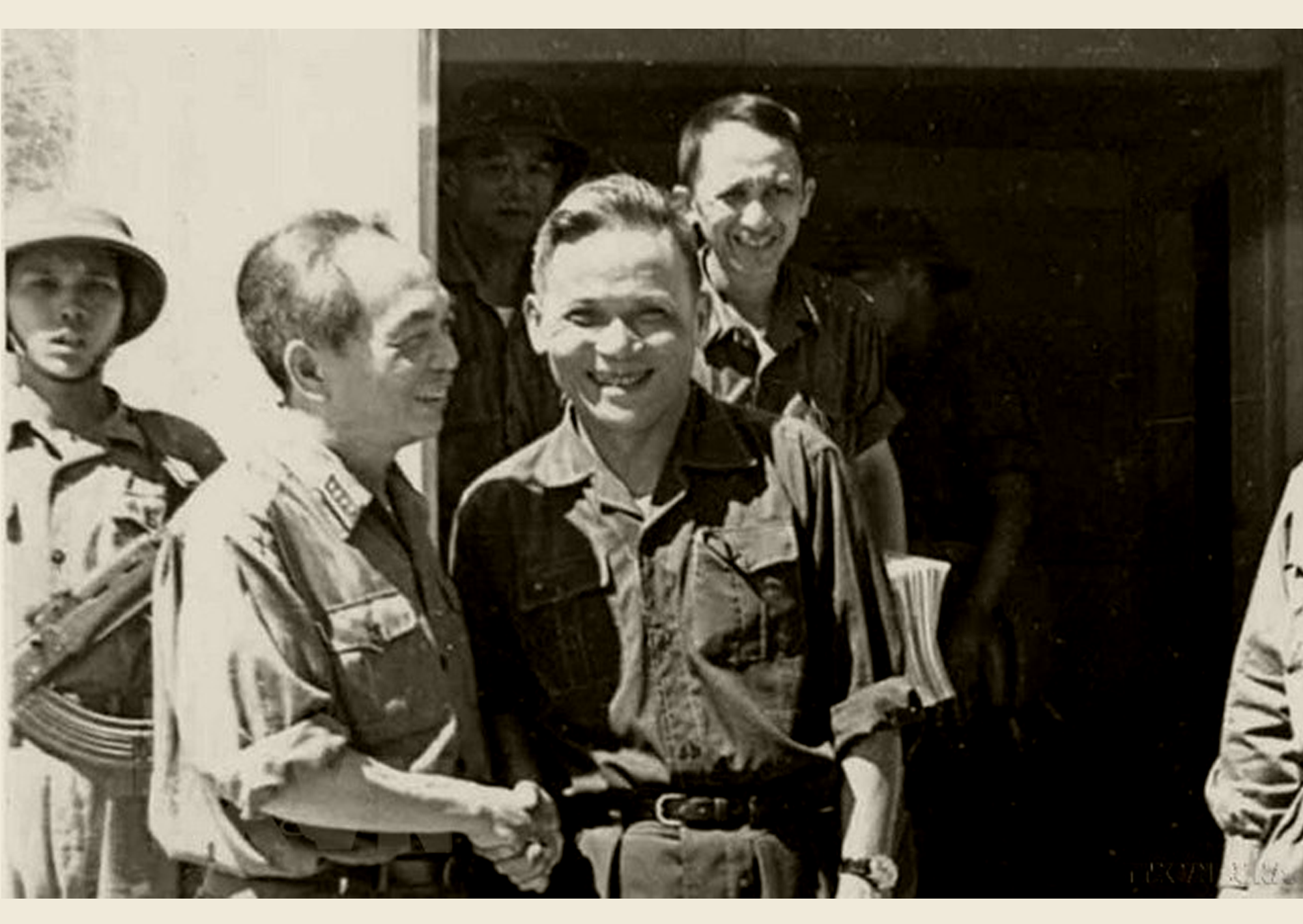
Entering the battlefield of Zone 5 at a time when the US imperialists were intensifying their war of aggression, General Chu Huy Man, together with the Standing Committee of the Zone Party Committee and the Command of Military Zone 5, quickly organized the battlefield to deal with the enemy's new plots and tricks. With his sharp leadership, General Chu Huy Man built up the will to dare to fight and be determined to fight for his troops.
General Chu Huy Man came to Quang Nam to directly monitor, direct and assist Regiment 1 (Division 2, Military Region 5) in its determination to defeat the enemy's "armored transport" tactic. Accordingly, implementing the Fall - Winter 1964 combat plan, Battalion 90, Regiment 1, was reinforced and assigned the task of attacking Ky Sanh. Ky Sanh was a liberated commune of ours in Tay Tam Ky (Quang Nam). In March 1964, the US - puppet army launched many re-occupation campaigns. After a period of attacks, the enemy gathered the people into 6 strategic hamlets. The enemy forces here included a puppet army battalion deployed in 3 clusters on Hill 76 and 2 villages 7 and 8.
To attack Ky Sanh, our troops had to move on open terrain, in the middle of a dense system of strongholds, so the enemy could use aircraft and machinery.
Before the troops set out, General Chu Huy Man (at that time the Political Commissar of Military Region 5) returned to the regiment to encourage his comrades. After thoroughly explaining the tactics, he asked: "Do the troops still have any difficulties?"
The officers and soldiers raised their hands and said: "Reporting to the chief, more than 600 people went into battle but had less than twenty shovels and hoes, it would be difficult to finish digging the fortifications at night."
The soldiers' demands at this time were very realistic, with only a few hours left, how could they solve this difficult problem? After a moment of thinking, comrade Chu Huy Man borrowed a knife and went with the guards to the forest to find a very hard tree, cut a piece and sharpened it.
Gathering the troops, holding sharpened wooden stakes and planting them in front of the army, General Chu Huy Man said: “Comrades! In the past, Ngo Quyen defeated the Southern Han army on the Bach Dang River with wooden stakes like these, of course bigger and longer. Today, comrades, follow the example of your ancestors and use wooden stakes to fight the Americans and puppets. Wood can pierce enemy ships, so wood can also be used to dig fighting trenches.”
Understanding the leader's intention, the soldiers spread out into the forest, each cutting a sharp piece of wood to replace a pickaxe or shovel. That night, the soldiers dug their personal fortifications quite well.
As planned, on the night of August 9, 1964, we attacked and destroyed a puppet army company in village 8. On the morning of the 10th, the enemy mobilized more forces and 9 M113 armored vehicles to Ky Sanh for reinforcement. To support the reinforcement force, aircraft and artillery fiercely bombarded and cleared the way. The hastily dug wooden stakes, only waist-deep, were enough for our soldiers to confidently wait for the enemy. When the majority of the enemy troops had entered the ambush, we opened fire simultaneously. Despite the rain of bombs and bullets, our soldiers fought bravely to divide the enemy infantry and calmly intercepted the aggressively charging M113 vehicles. In just one hour, we shot down 6 M113s, the steel shield was broken, the enemy troops fled in panic, we rushed in pursuit, killing more than 100 of them.
Although we did not completely destroy the enemy, this was the first battle where we stood firm in the plains. The "iron chariot transport" tactic - the main method to carry out the enemy's plan to sweep and gather people to establish strategic hamlets - was defeated for the first time on the battlefield of Zone 5. The victory of Ky Sanh launched the spirit of daring to fight and knowing how to fight among our army and people in Zone 5, affirming that with only rudimentary equipment and using close combat, we could defeat an enemy equipped with modern weapons.
During the resistance war against the US to save the country, during 12 years of fighting and working on the key battlefield of Military Region 5, General Chu Huy Man contributed to building a unique and creative people's war strategy.
In Zone 5, "American extermination belts" were born such as Da Nang, Chu Lai, Duc Pho, De Duc, and An Khe belts.
Depending on the size of the American military base, the belt was built wide or narrow, but all relied firmly on the people's hearts, on strength, steadfast will, and determination to carry out the "three clings" (cling to the land, cling to the people, cling to the enemy) not moving an inch, not leaving an inch, determined to fight, determined to defeat the American invaders. On the belts, we used many rich and creative forms of struggle, combining military, political and military struggles; promoted the art of using the few to fight the many, using high quality to overcome large numbers, taking the initiative, secrecy, surprise, intelligence, courage, fighting quickly, destroying completely.
With the people's battle strategy, the anti-American belts were truly a net of heaven and earth, a solid steel wall that the enemy's bombs and bullets could not erase, causing the enemy to be terrified and always fall into a state of tension, exhaustion of forces, and mental crisis.
From the battlefield of Zone 5, the slogans "stick to the enemy's belt and fight", "find the Americans and fight, destroy the puppets when encountering them" were born, giving rise to the emulation movement of Brave Soldiers to destroy the Americans, causing terror among the American expeditionary troops. Zone 5 became the leading locality to destroy the Americans, encouraging the spirit of fighting the Americans, defeating the Americans on the entire battlefield of the South.
General Chu Huy Man was one of the talented generals of the Vietnam People's Army in the Ho Chi Minh era. Having held many leadership, command, combat and working positions on many key battlefields, he overcame all difficulties and challenges, and excellently completed all tasks assigned by the Party and the people.
The creative intelligence and steadfastness in leading the construction and promotion of the people's war posture of General Chu Huy Man, along with the patriotism, intelligence and bravery of the army and people of Zone 5 during the resistance war against the US, are valuable lessons in the cause of building and defending the Fatherland in the current period.
Source


![[Photo] Prime Minister Pham Minh Chinh meets with King Philippe of Belgium](https://vstatic.vietnam.vn/vietnam/resource/IMAGE/2025/4/1/be2f9ad3b17843b9b8f8dee6f2d227e7)
![[Photo] Close-up of Vietnam's sniffer dog team searching for earthquake victims in Myanmar](https://vstatic.vietnam.vn/vietnam/resource/IMAGE/2025/4/1/d4949a0510ba40af93a15359b5450df2)
![[Photo] General Secretary To Lam receives King Philippe of Belgium](https://vstatic.vietnam.vn/vietnam/resource/IMAGE/2025/4/1/e5963137a0c9428dabb93bdb34b86d7c)

![[Photo] President Luong Cuong and King Philippe of Belgium visit Thang Long Imperial Citadel](https://vstatic.vietnam.vn/vietnam/resource/IMAGE/2025/4/1/cb080a6652f84a1291edc3d2ee50f631)

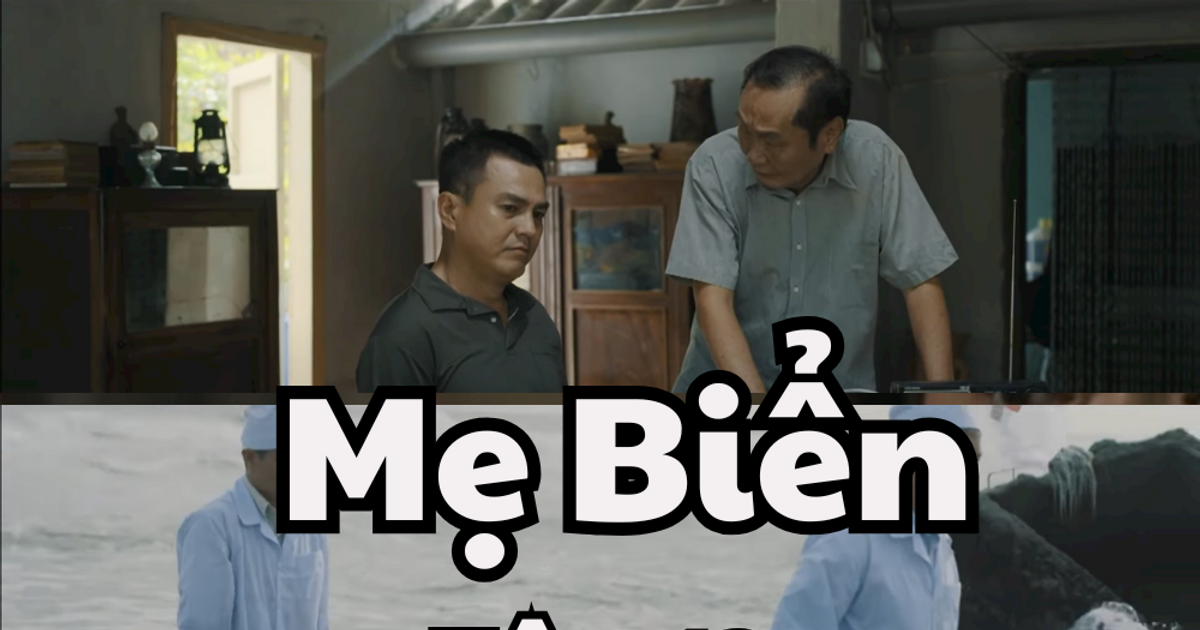
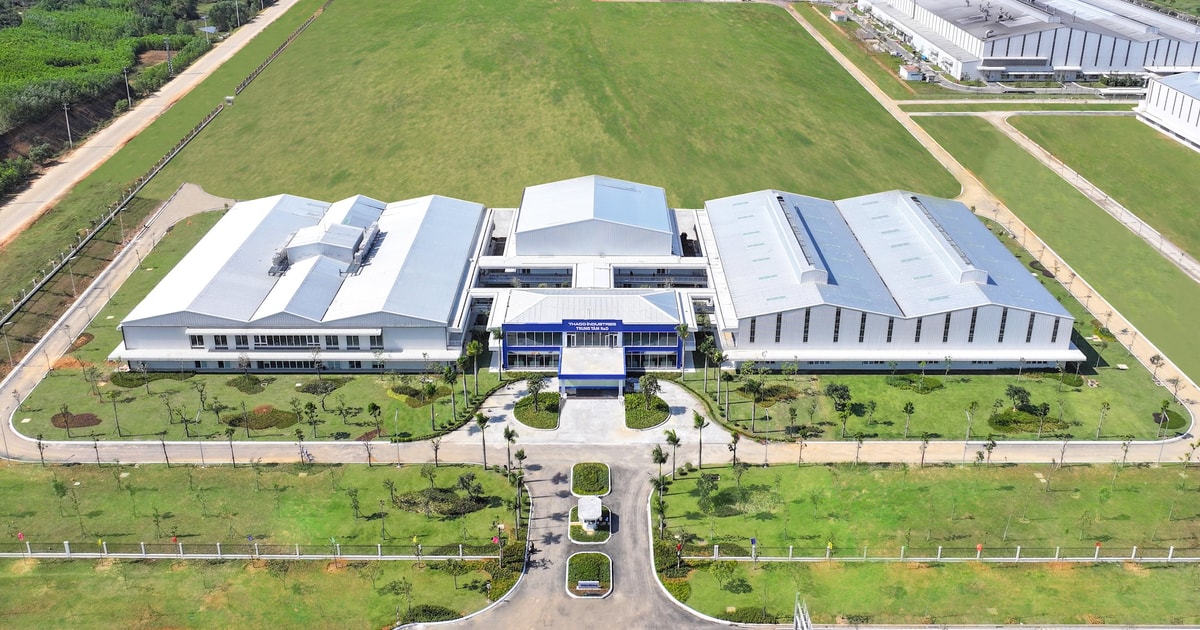
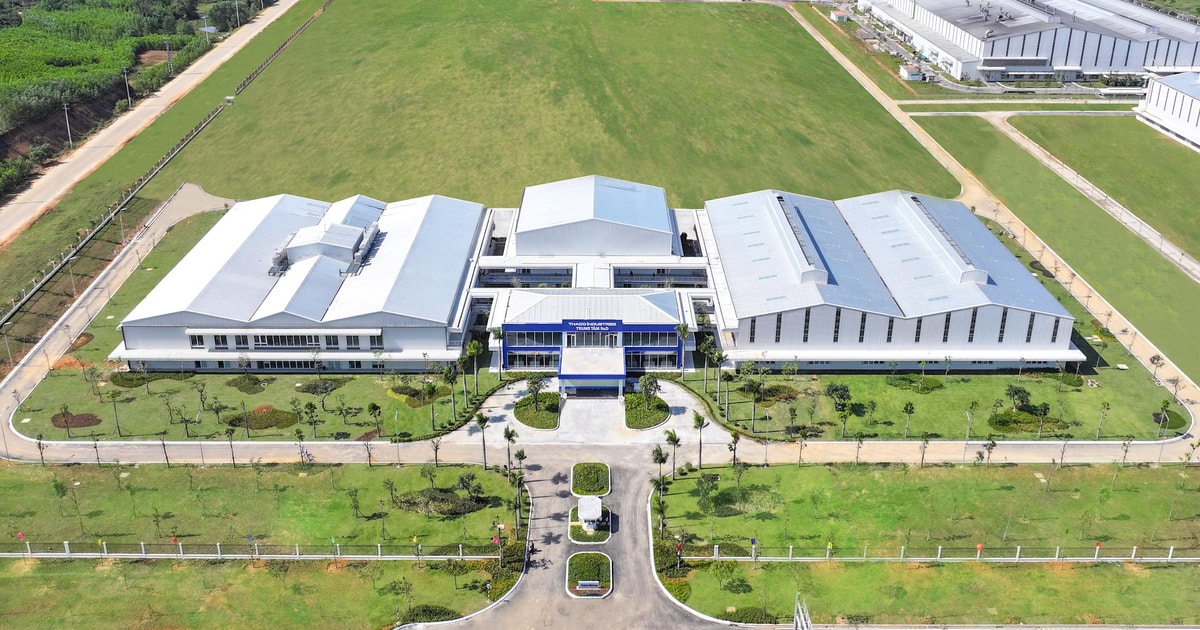
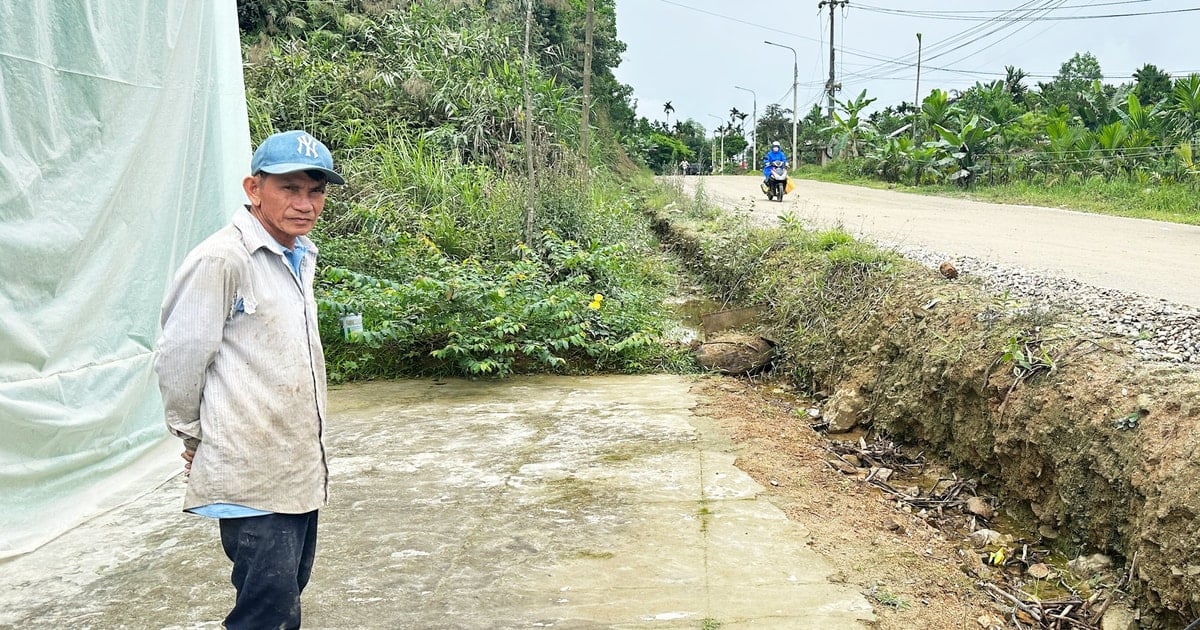
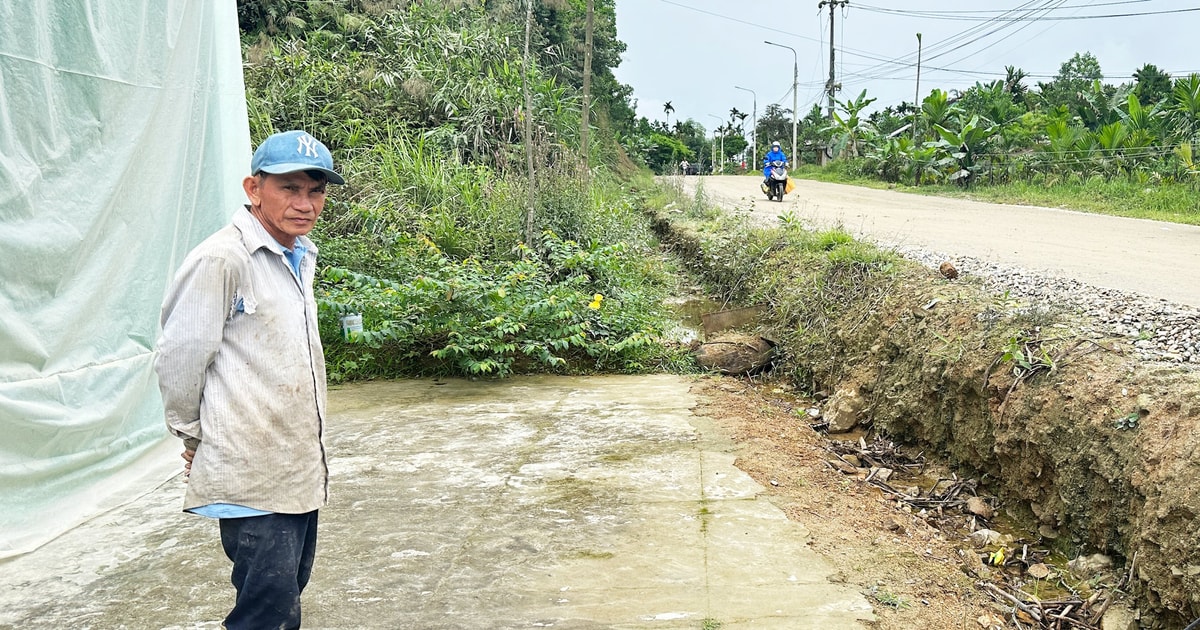




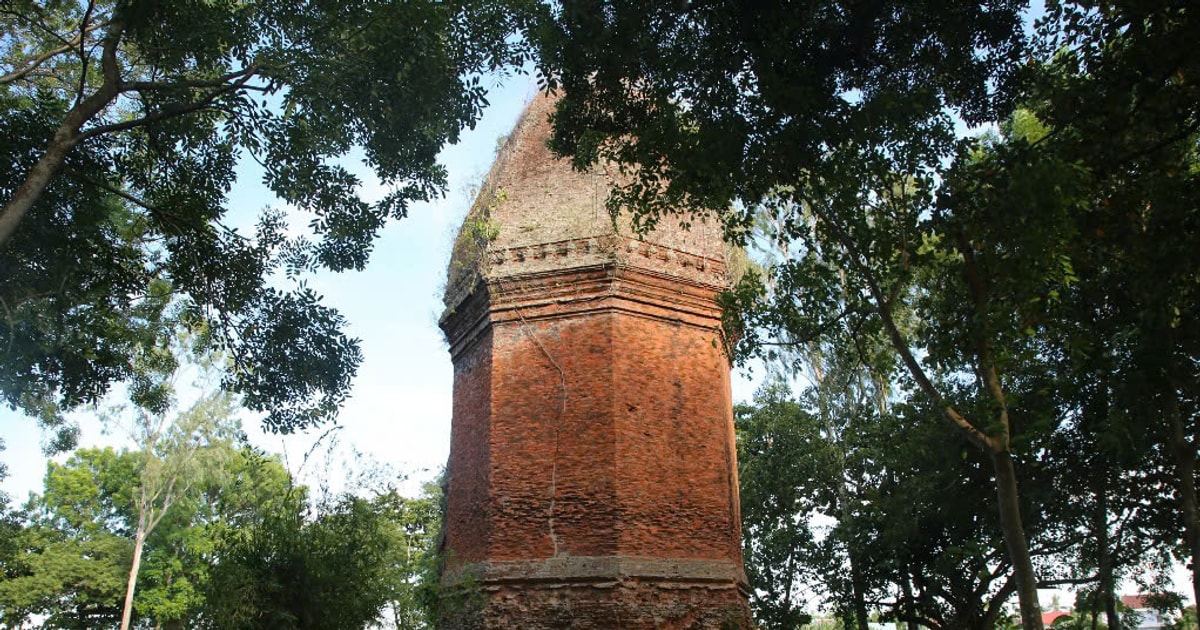
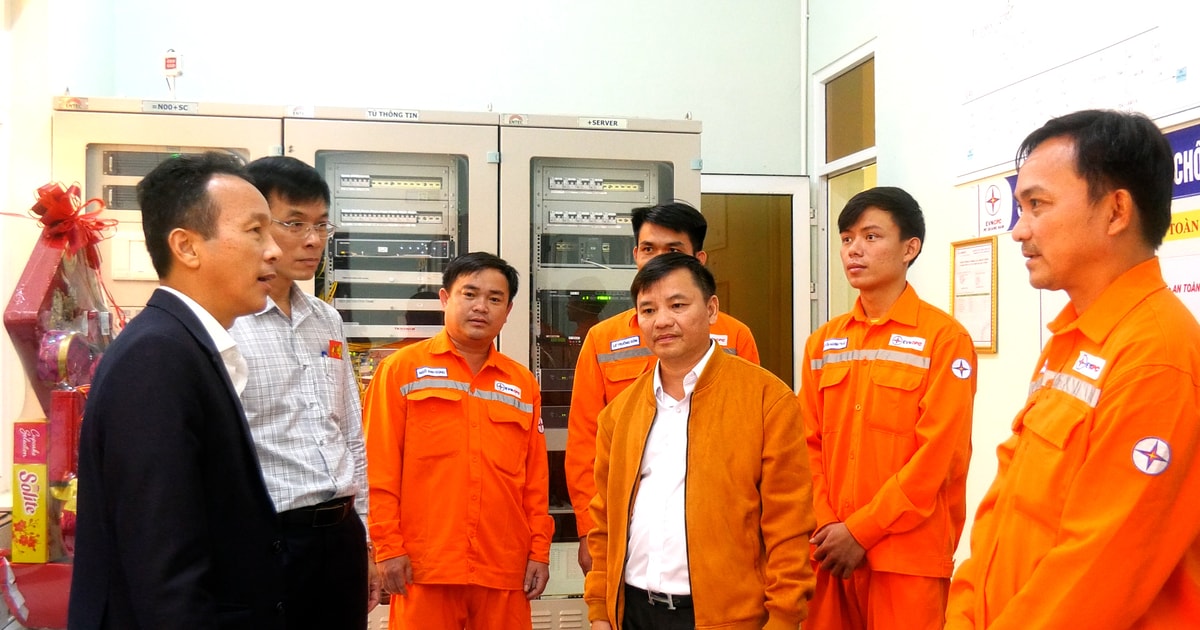
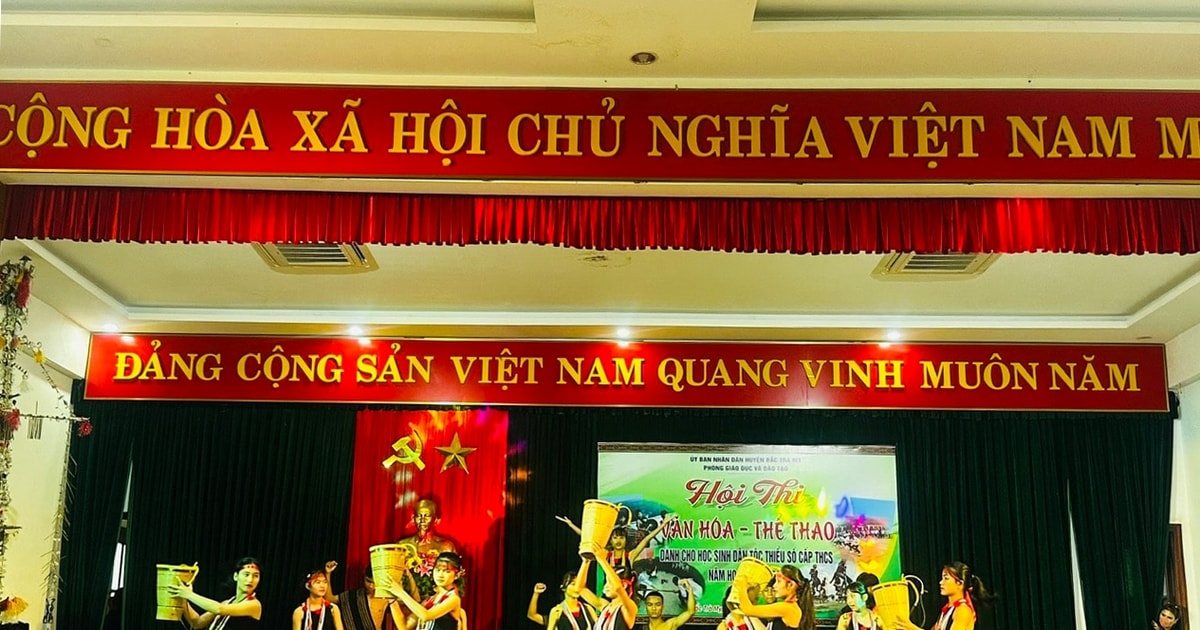
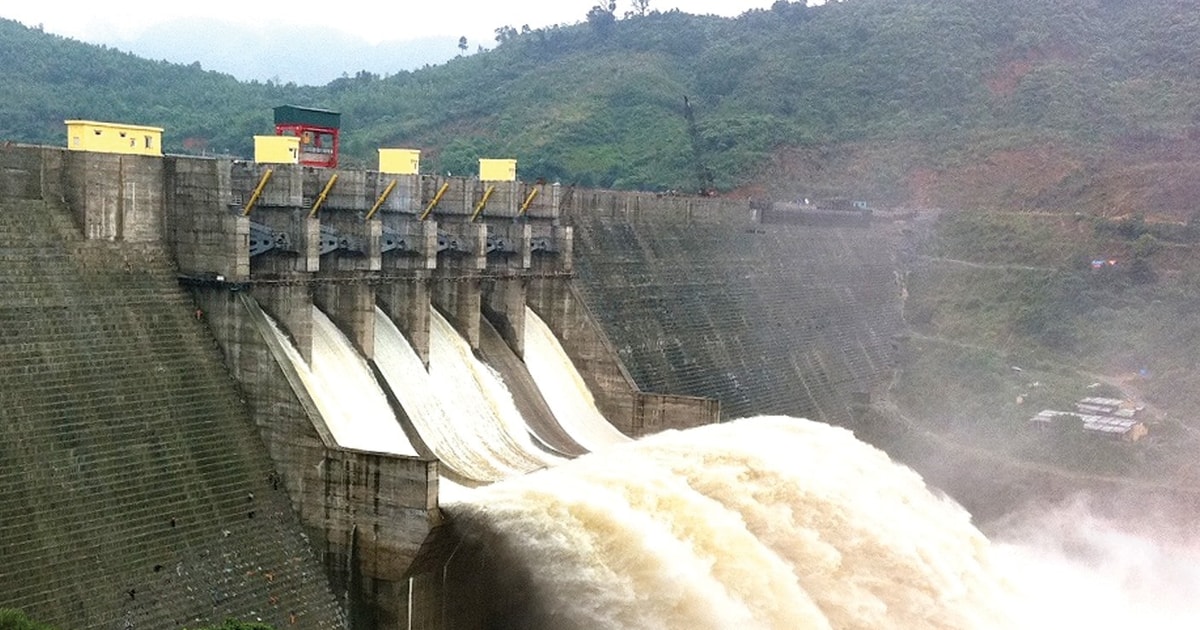
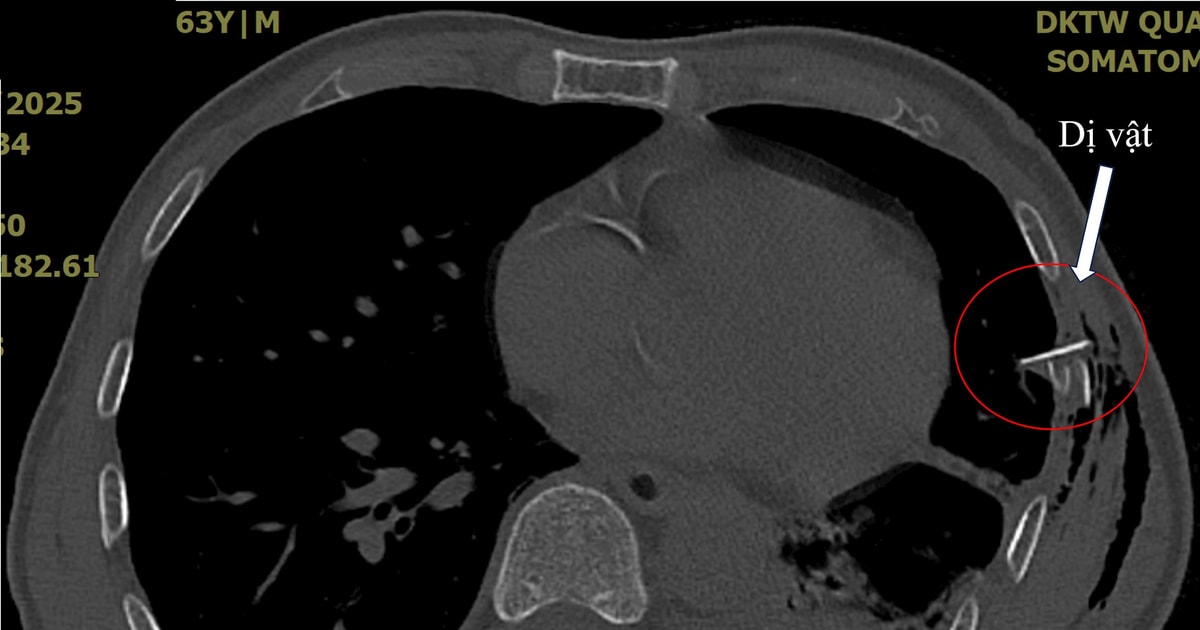
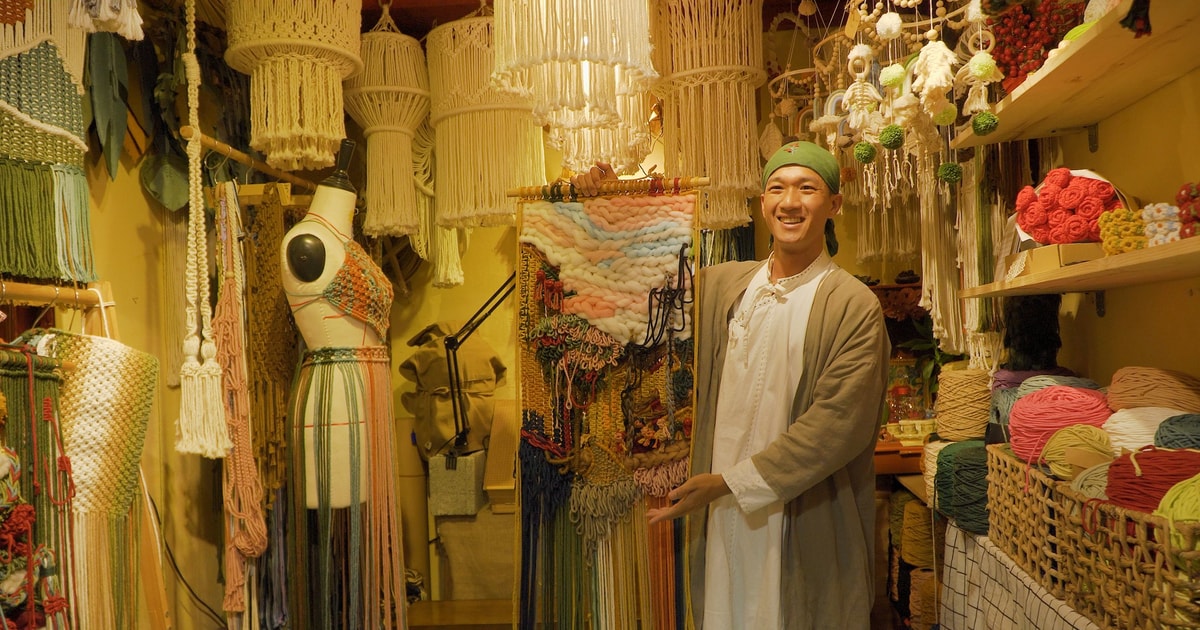
![[Photo] Myanmar's capital in disarray after the great earthquake](https://vstatic.vietnam.vn/vietnam/resource/IMAGE/2025/4/1/7719e43b61ba40f3ac17f5c3c1f03720)





























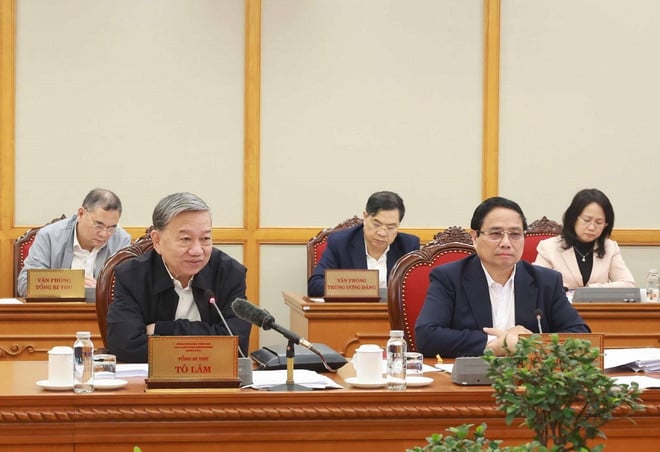
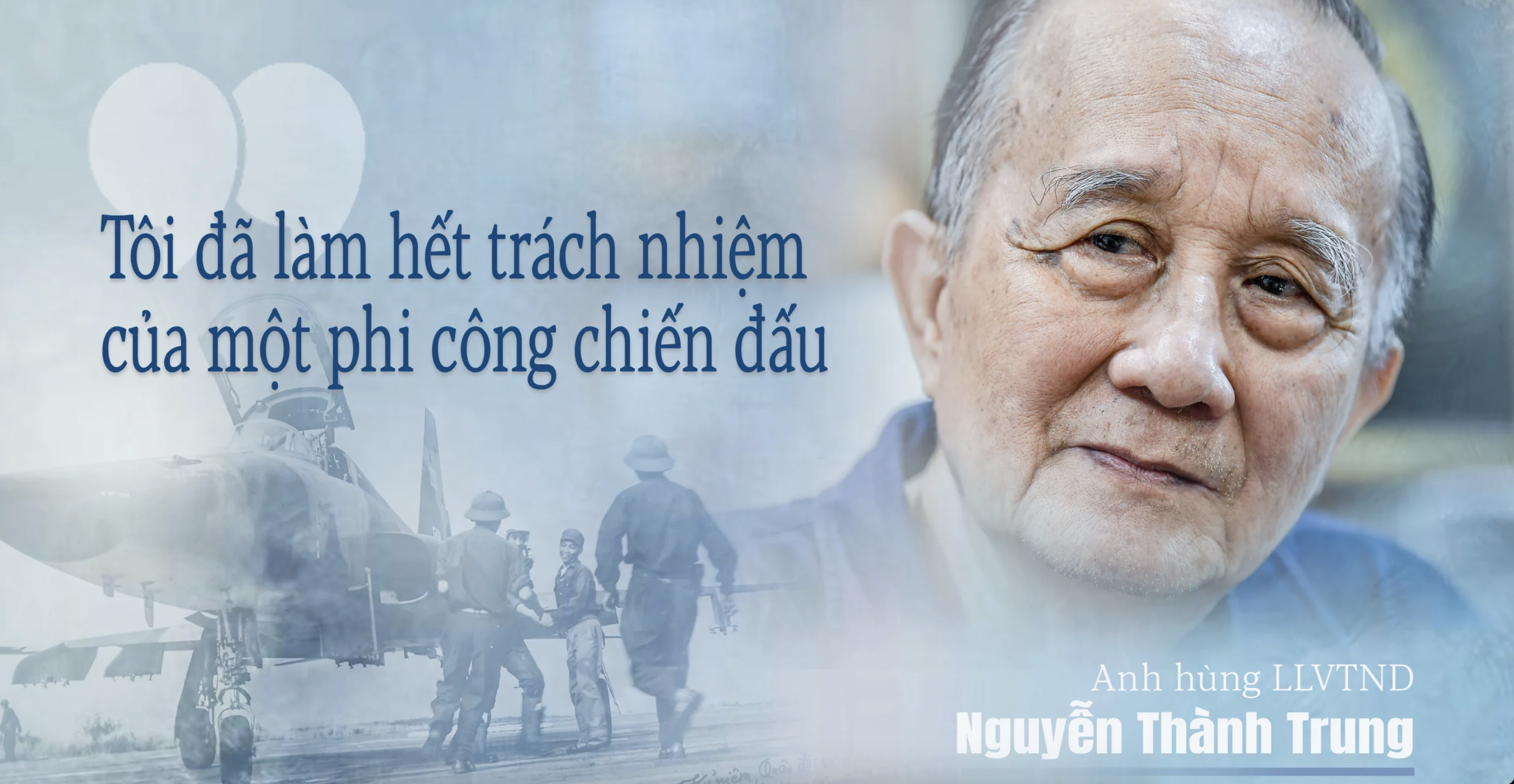
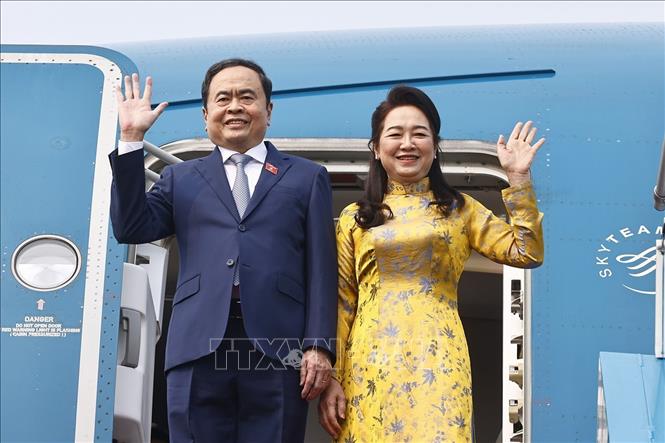

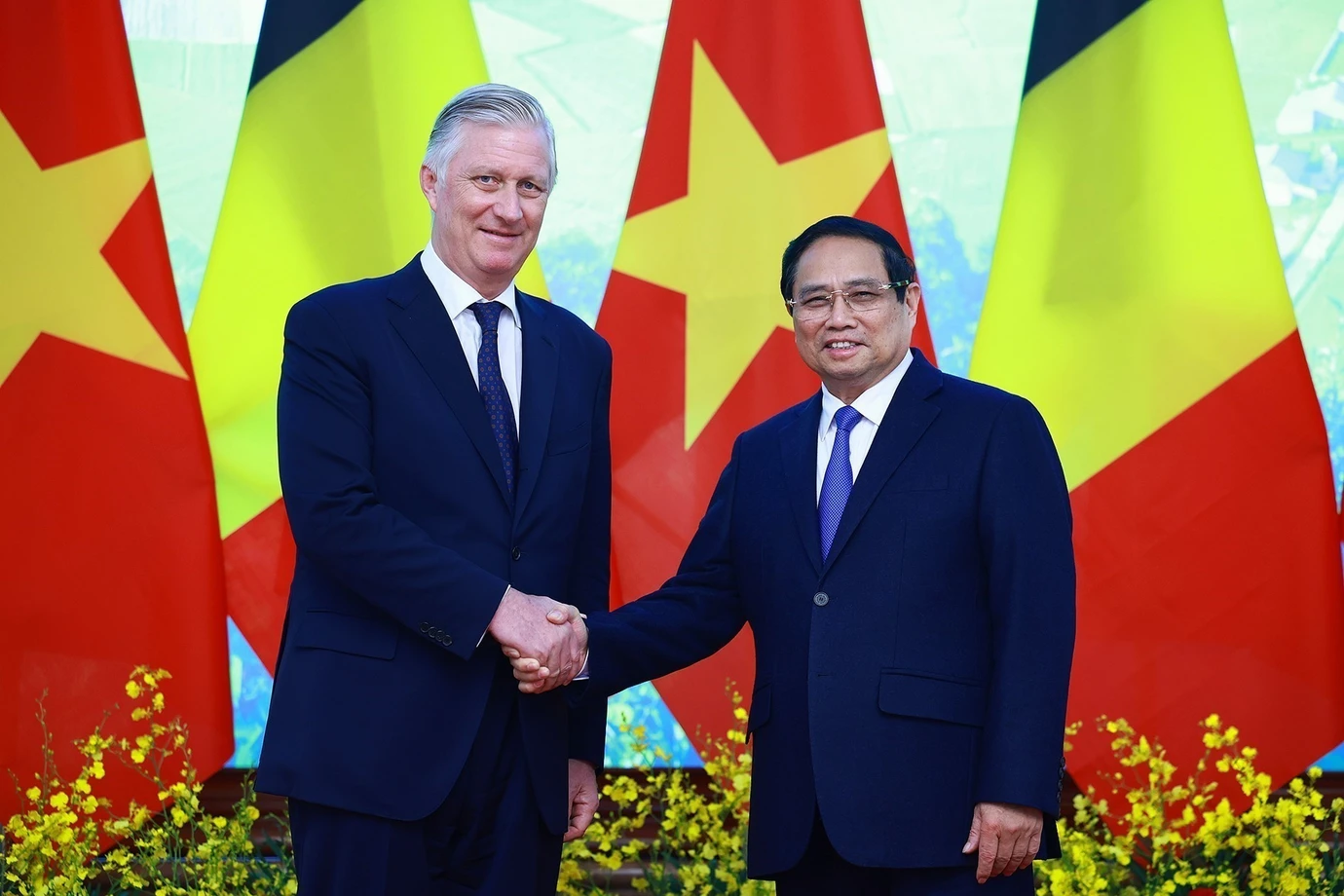





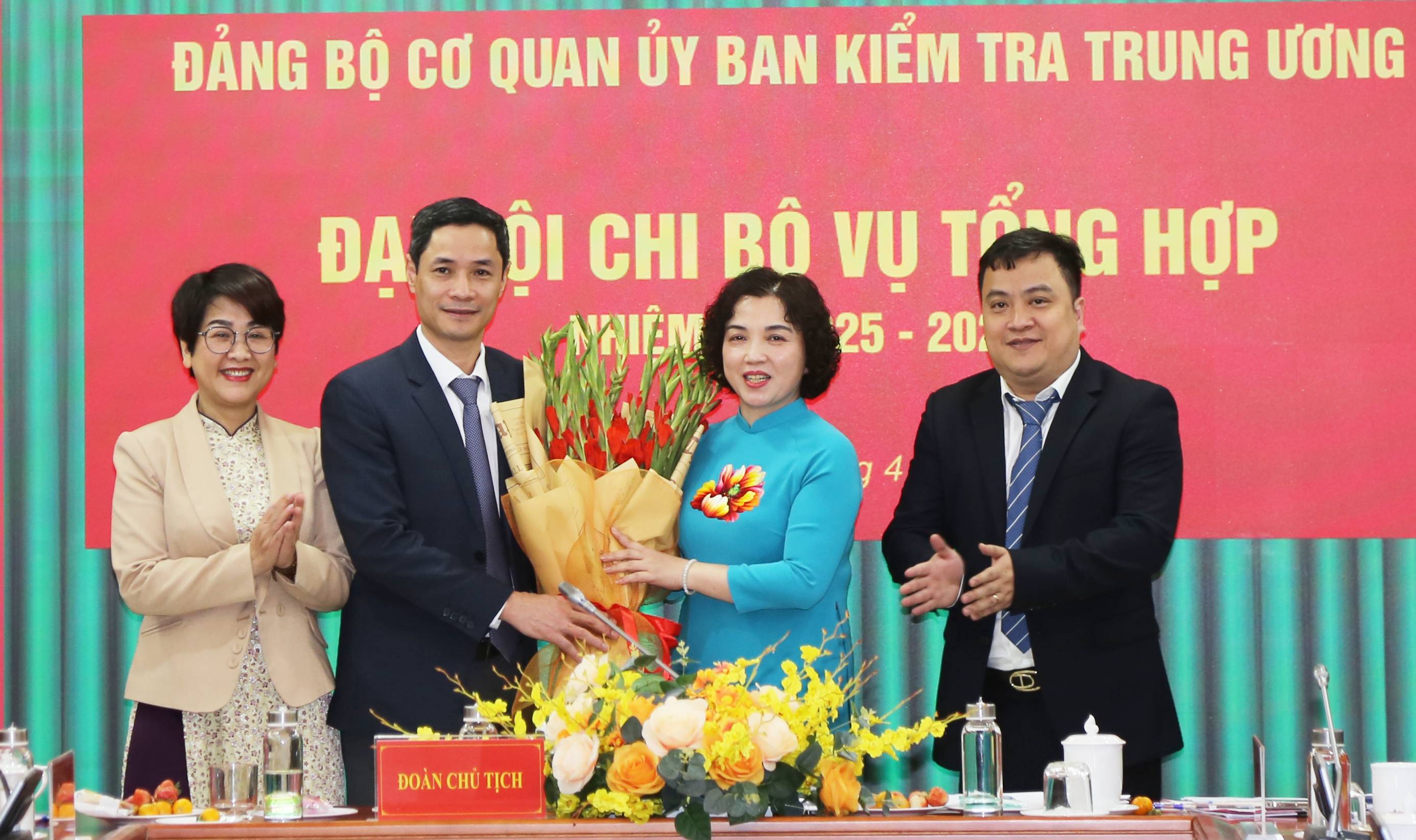





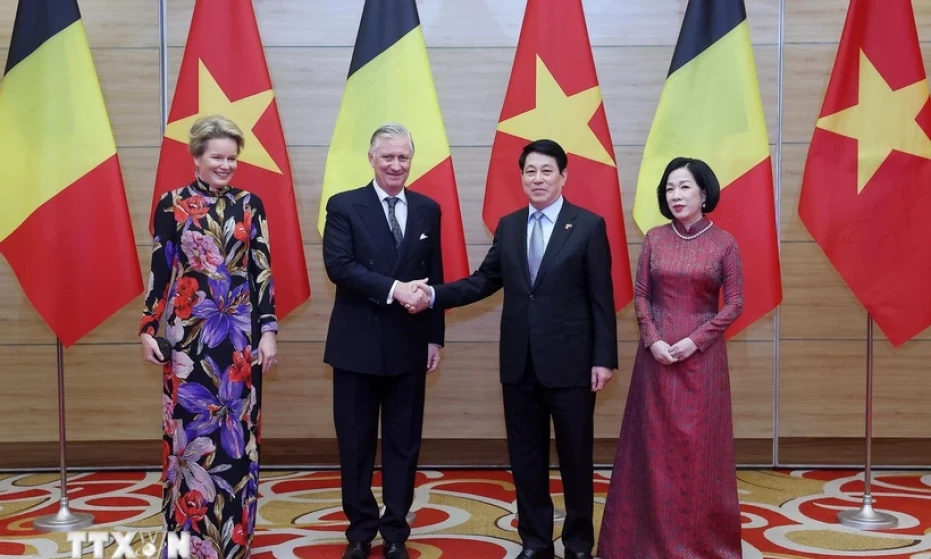



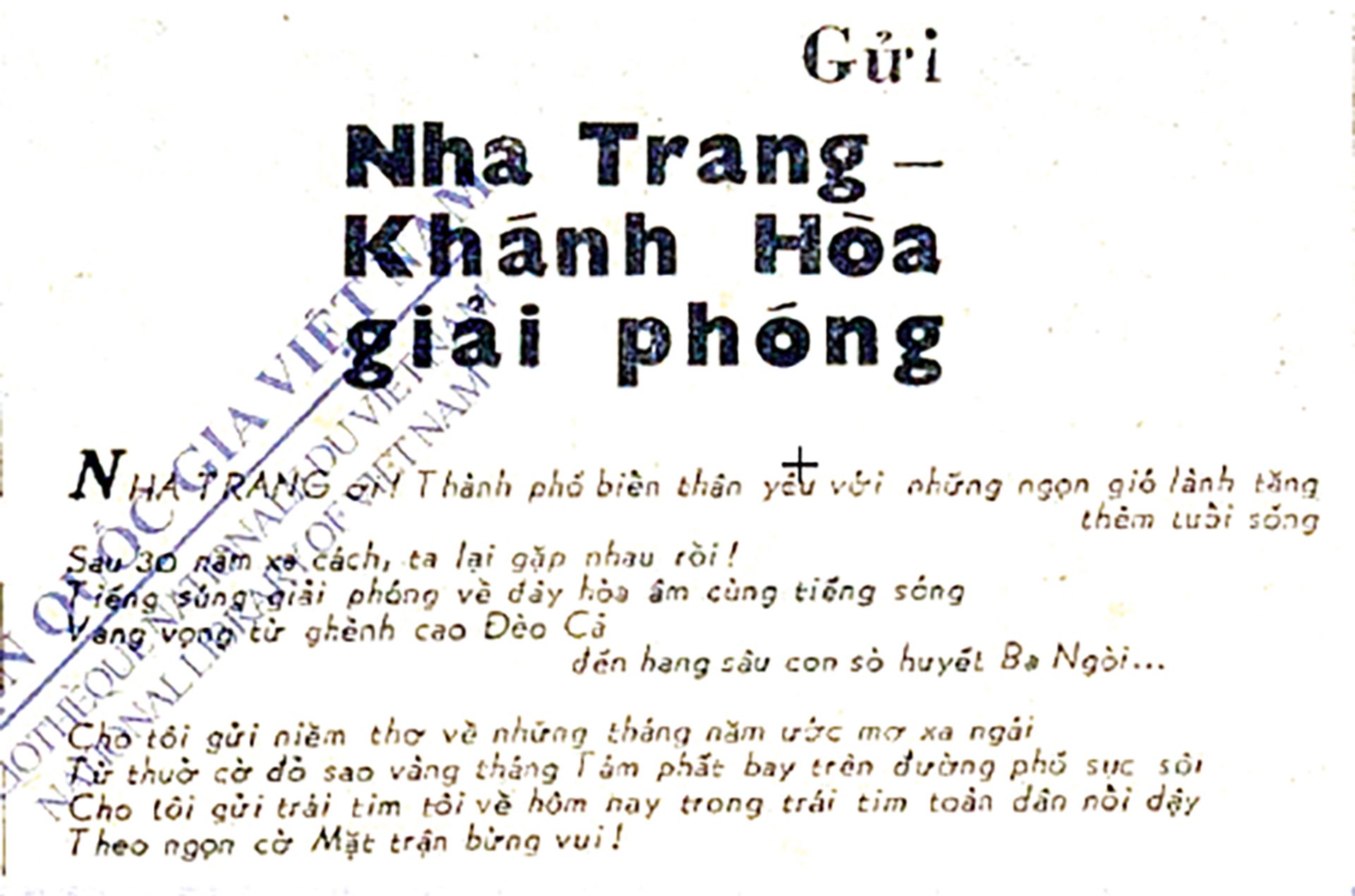













Comment (0)